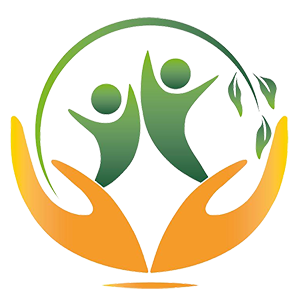For any structure to hold up, it requires a strong skeleton or foundation. A strong foundation can withstand any weather. Likewise, as humans we require good nutrition which in turn translates to a healthy body and mind.
 The effect nutrition has on the body can be likened to how a machine operates. If a machine is overworked but derived of oil to keep it lubricated, it quickly wears and tears. The lifespan of that machine is drastically reduced. Our bodies require good nutrition from the time the fetus is developing in the womb and there forth.
The effect nutrition has on the body can be likened to how a machine operates. If a machine is overworked but derived of oil to keep it lubricated, it quickly wears and tears. The lifespan of that machine is drastically reduced. Our bodies require good nutrition from the time the fetus is developing in the womb and there forth. During pregnancy, the body of the woman and the growing fetus both require specific nutrients at various stages and so it is important to ensure that these requirements are met otherwise depriving one of these nutrients can have irreversible adverse effects on the mother or the fetus. For example, during the first trimester (12 weeks) of the pregnancy, folic acid is critical for preventing neutral tube defects because this is the stage when the neural tube (spinal cord and brain) are developing.
The condition which results from lack of folic acid is called spina bifida. Other nutrients such as iron, are shared between mother and baby through the umbilical cord. Although the statement “eating for two” is widely used for pregnant women, it is not necessarily the case that the woman eats twice the amount of food but their intake does increase slightly. Ideally, an increase of about 300-400 calories a day is needed. (Kraschnewski et. al, 2012).
When a baby is born, they now require a different amount of nutrients which are found in breastmilk. Breastmilk is described as a perfect meal containing all the nutrients required for an infant from birth to the time they are 6 months old.
 As children grow into teenagers, their nutrient requirements start to change again as the body now progresses into puberty. Females require more iron and folate to cater for menstruation and males require protein for muscle development. As they progress into adulthood, the body now needs to cater for demands that come with more physical activities involved for example, most women are now in their childbearing age.
As children grow into teenagers, their nutrient requirements start to change again as the body now progresses into puberty. Females require more iron and folate to cater for menstruation and males require protein for muscle development. As they progress into adulthood, the body now needs to cater for demands that come with more physical activities involved for example, most women are now in their childbearing age. In later years, due to a decrease in lean muscle mass, physical activity and metabolic rate, the elderly require less energy than younger age groups but also require more vitamin D for bone health as they go through menopause. In conclusion, requirements for energy and micronutrients change throughout the life cycle.
FACTS TO REMEMBER:
· As parents, always set a good example for your children when it comes to healthy habits
· Never force feed or use food as a reward
· Maintain a mealtime schedule
· Make meal preparation fun and memorable especially within the family setting
· Food habits are characterised by snacking, dieting, skipping meals, fast foods
“Let thy food be thy medicine.”-Hippocrates
 At Africa Healing Foundation we are working to ensure that we are providing healthcare that is sustainable and one of the ways we are doing that is providing nutrition education to prevent diseases and promote good health. Join us on this mission by supporting us any way you can. To find out more on how you can get involved click here.
At Africa Healing Foundation we are working to ensure that we are providing healthcare that is sustainable and one of the ways we are doing that is providing nutrition education to prevent diseases and promote good health. Join us on this mission by supporting us any way you can. To find out more on how you can get involved click here.

0 Comments